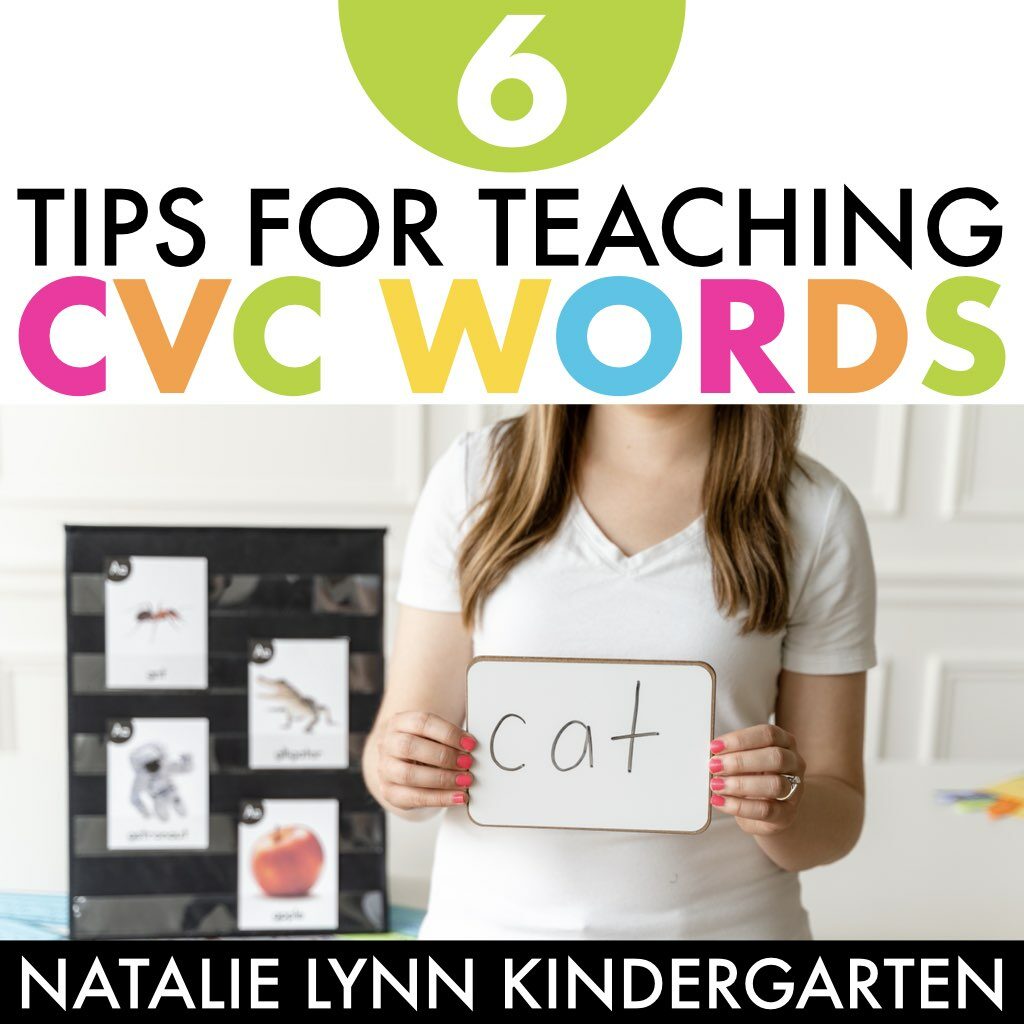
Teaching CVC words in Kindergarten is a HUGE part of our year! As a kindergarten teacher, you know that it’s an exciting time, too.
Everything we poured into learning letters and sounds and building a strong phonemic awareness foundation is starting to come together.
Our students are ready to read!
However, once you get to this point, it can be difficult to know exactly where to begin. How do we best teach CVC words in Kindergarten and make them stick?
This blog post will give you 6 effective tips for teaching CVC words in kindergarten that will help you start planning today!
What Are CVC Words and Why Do We Teach Them?
CVC words are simple three-letter words that are made up of a consonant + a vowel + a consonant. If you break a CVC word up into sounds, you will hear three distinct phonemes.
Examples of CVC words include cat, sun, pig, dog.
Not every three-letter word that follows this pattern is a CVC word, though!
Words like “car” are often mistaken for CVC words. However, this word only has only two phonemes – /k/ /ar/. The ar at the end of the word is an r-controlled vowel.
This is an advanced sound for students and, while the word car may seem simple, it wouldn’t be readable for most students until first grade.
So why do we teach CVC words in Kindergarten?
They are some of the simplest words for students to begin decoding! Most CVC words consistently contain regular consonant sounds and short vowel sounds.
When students begin segmenting and blending words, having that consistency makes their job a little easier. Once students become strong at decoding CVC words, they will be able to add in more and more sounds.
That doesn’t mean that teaching CVC words in Kindergarten is an easy task, though!
These 6 tips can help.
1. Teach the Difference Between Consonants and Vowels
This one may seem obvious, but it’s something that I didn’t realize the importance of for a little too long!
It’s not enough to just introduce each letter as a consonant or a vowel when teaching the alphabet. While that can be helpful, those words don’t hold much meaning alone.
At the beginning of our CVC words lesson, we spend time specifically on this concept.
I tell students that our alphabet is made up of consonants, but there are some special letters. We call these special letters vowels.
Vowels are the glue that hold our words together! Every word has to have a vowel.
We really play this up!
Coming from an idea I got from a coworker, we write a vowel on each finger of students’ hands.
First we say, “Every word has to have a vowel.”
They put each finger down as we say, “A, e, i, o, u” then waggle their pointer finger as they say, “and sometimes y.”
Silly and simple, but it sticks!
2. Teach Students the Secret Recipe
When teaching CVC words in Kindergarten, it is important to teach students what a CVC word is and how these letters are working together.
I do this by introducing the “secret recipe” for CVC words!
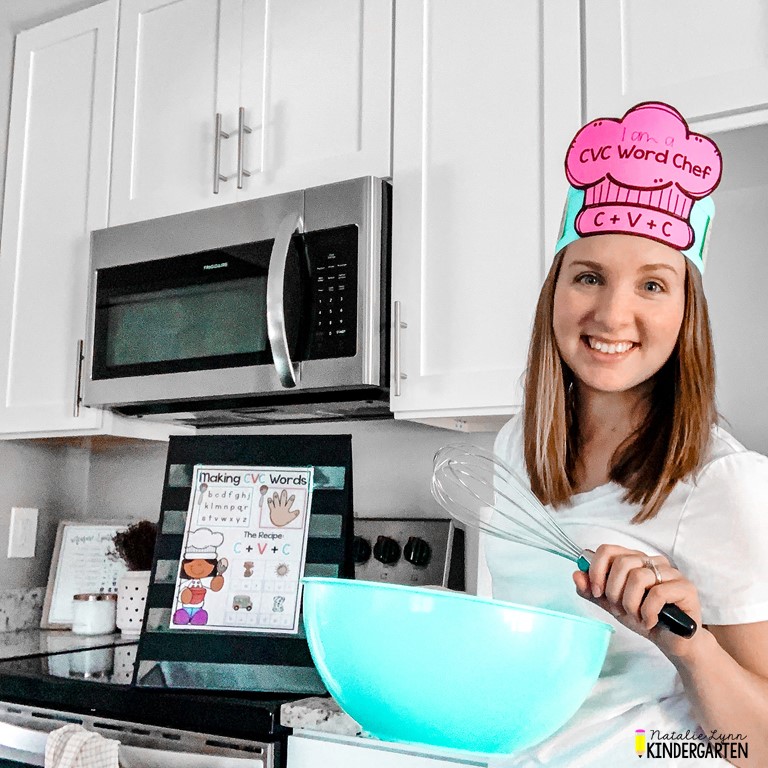
You can read more about the CVC words recipe here.
This is so much fun because we get to become CVC word chefs as we practice segmenting and building words together.
I don’t except my students to be CVC word experts yet!
This lesson sets the up for success by giving them scaffolded practice with decoding and encoding CVC words.
3. Teach Each Vowel Separately
Vowels can be tricky, tricky, tricky! When teaching CVC words in kindergarten, it is so important to spend time on each short vowel separately.
Students need time really listening to each vowel and experiencing how it sounds in words before you add in the task of differentiating between the short vowel sounds.
We spend a week on each short vowel before mixing them together.
I love our vowel friends because they help my students make a connection to each sound.
For example, this is short vowel o. When he gets in the middle of a word, he just wants to show off and be the center of attention.
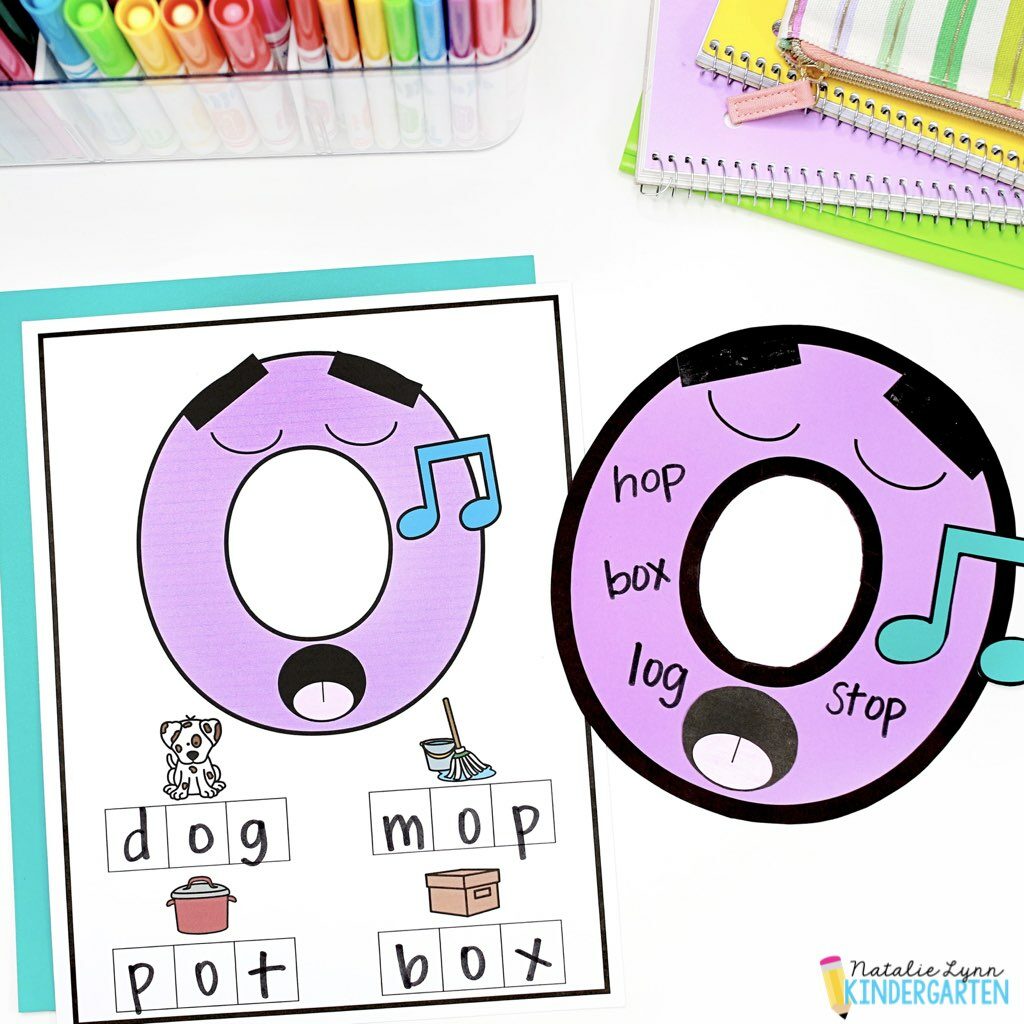
He starts singing opera! Oooo!
My students look forward to finding out who our new vowel friend is each week. It becomes a big production bringing them out and introducing them to the class!
4. Add In Meaningful Practice
During our phonics time, we get into a practice routine. First, we practice segmenting words and I write the letters. I teach my students to tap the sounds on their fingers. They touch their pointer to their thumb, middle finger to their thumb, then ring finger to their thumb.
Students bring whiteboards to the carpet and I give them a word. They write the word and hold it up.
Then, I model stretching out the word and writing it. Students check their answer to see if it matches.
This routine is wonderful for supported practice, but students also need time practicing independently so I can see what they actually know.
Worksheets are not a bad thing! Students get to practice the skill on their own and it documents their learning.

Make sure that the worksheets or practice activities that you choose match up to the skill taught and don’t require anything extra.
I also make sure that students get plenty of practice opportunities during literacy centers.
Again, you want your CVC word centers to match up to the skills taught. If we have only worked with short vowel a, I will try to only put out CVC word centers that work with short vowel a.
I love these CVC word fine motor mats because they are hands on, incorporate essential fine motor practice, and give students practice with each word in multiple ways.
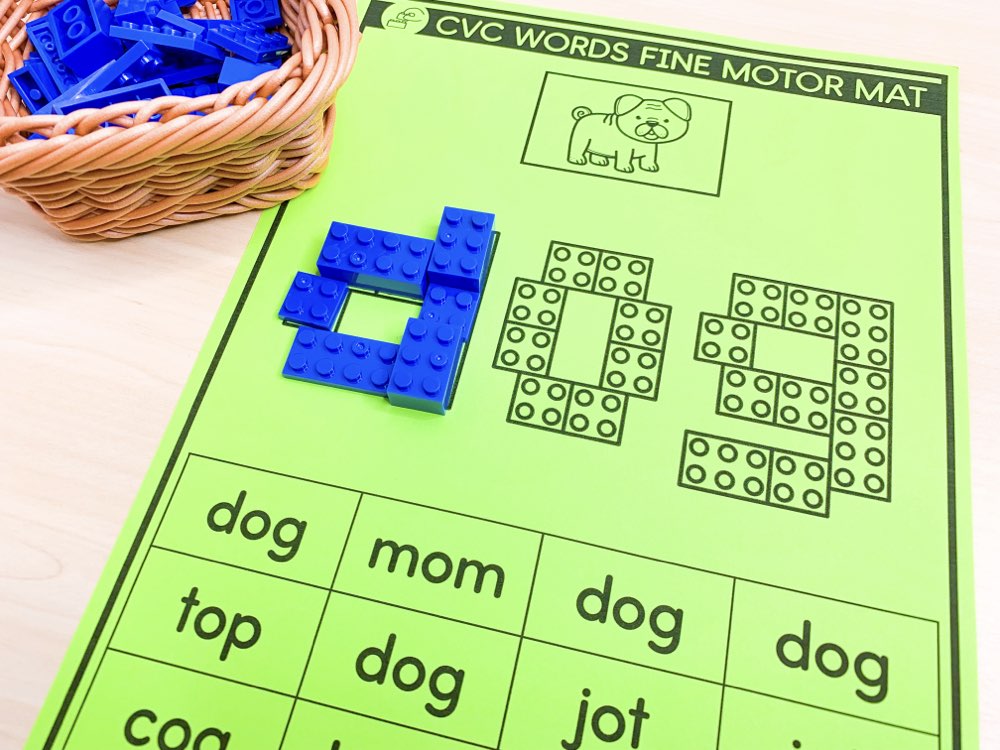
Using these CVC word fine motor mats, students get to:
- Build the word with blocks
- Make the word with dough
- Dot the word
- Pin poke the word
- Build the word with popsicle sticks
- Make the word with manipulatives
5. Use Decodable Readers
Once your students have experience decoding CVC words, it is so important that they get the chance to apply those skills in context.
After all, the point of teaching CVC words in Kindergarten is not to read words in isolation. It’s to begin reading books!
Simple decodable readers allow your students to begin understanding that these important skills they’re learning can be used as they read books.
You can grab 5 free CVC decodable readers to use with your students here!

Do you love free stuff?
CVC Decodable Readers
Sign up for my FREE email newsletter and receive five short vowel decodable readers!
This set includes one decodable reader for each short vowel and has additional comprehension questions on the back.
These CVC decodable readers are perfect for whole group practice, small groups, or to send home for extra support!
In our reading small groups, we also begin using the decodable readers from my Guided Reading with Decodable Readers Science of Reading Curriculum.
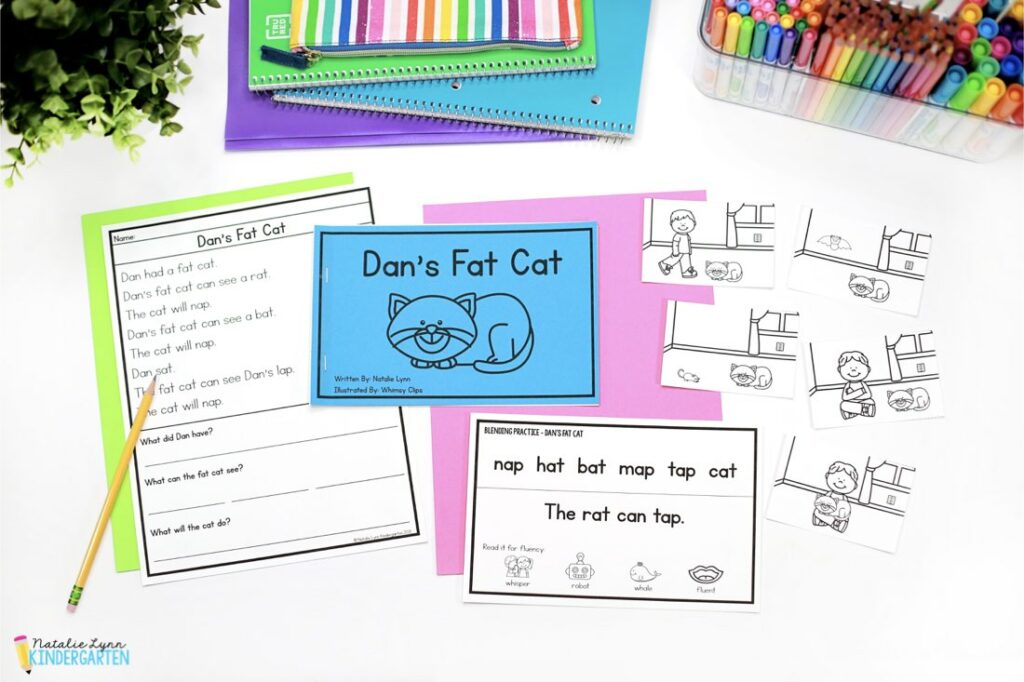
This program explicitly and systematically teaches students to read.
When students are just beginning to decode, the Beginning Readers unit is perfect. Each book uses words that include only a few taught sounds, and the books build in difficulty as they progress.
Once students have experience decoding, we can move into the CVC Words Unit. These decodable readers build by short vowel, so students can become strong with one vowel before adding on the next.
The best feeling in the world is seeing your students take those lessons you’ve poured your heart into and growing as readers!
6. Continue To Review
This might seem obvious, but it needs to be said. Once you are finished with your CVC words unit, the practice doesn’t stop!
Even when you move on to more advanced phonics skills, make sure that you are spending time reviewing those previously learned skills every day.
You can make this a quick routine during morning meeting, as a warm up to your phonics lessons, or as students come to your small group table.
Some of my favorite ways to review skills are:
- A digital slideshow
- Fluency drills
- Roll and read fluency practice
- Decodable sentences
You can have an activity sitting out at each spot when students come to your small group table. It becomes a routine for them to begin practicing right away.
In Conclusion
Teaching CVC words in Kindergarten can be HARD, but it doesn’t have to be. These tips can help you plan an effective CVC words unit that is both fun and effective.
Make sure that you teaching consonants and vowels explicitly and that students learn the “secret recipe” of CVC words. Spend time teaching each vowel in isolation before mixing them together. Align your practice activities and centers to what students are learning. Practice their newly acquired skills in context by using decodable readers. And, of course, never stop practicing and reviewing!
Looking to save time and want your CVC words unit completely planned out for you?
I’ve planned out 7 weeks of hands on, effective instruction ready to go for you with Empowering Little Readers Phonics Unit 3!
This kindergarten phonics unit includes everything you need top for teaching CVC words in kindergarten.

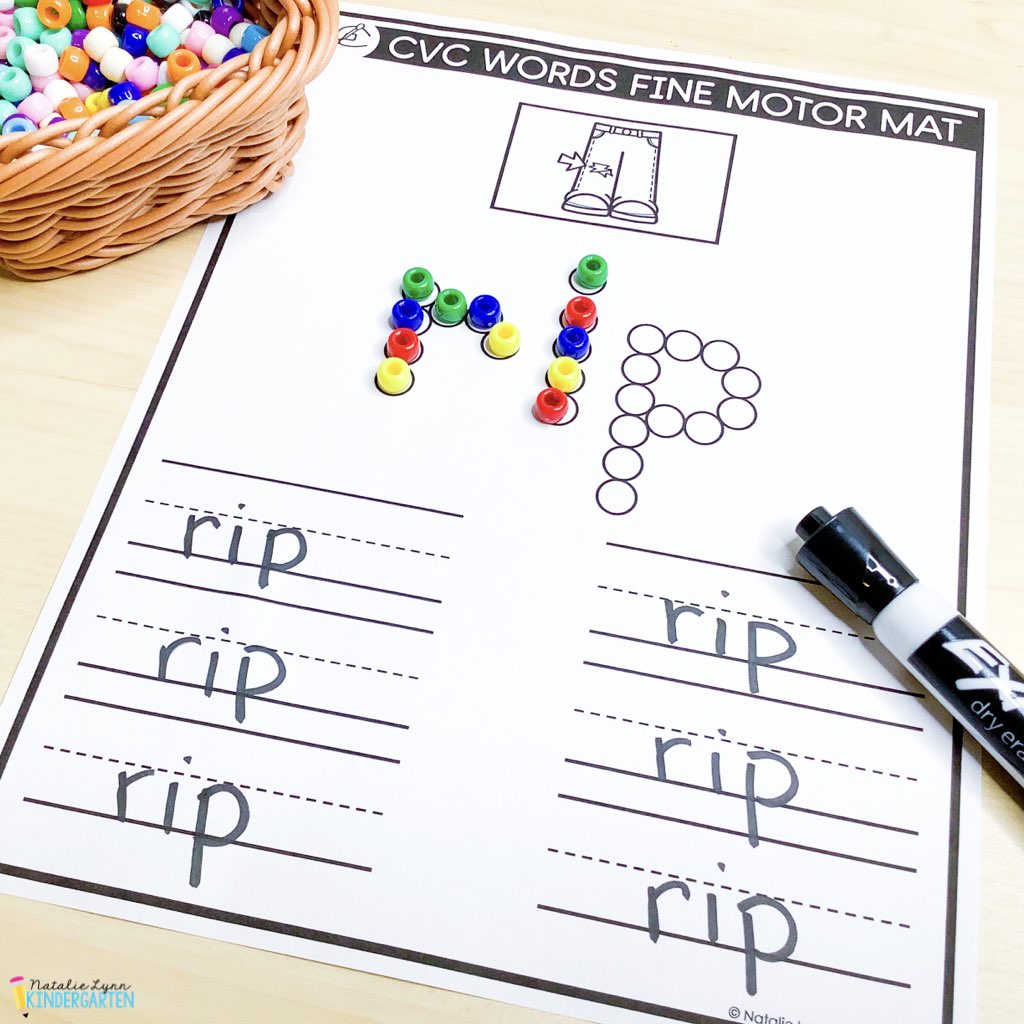
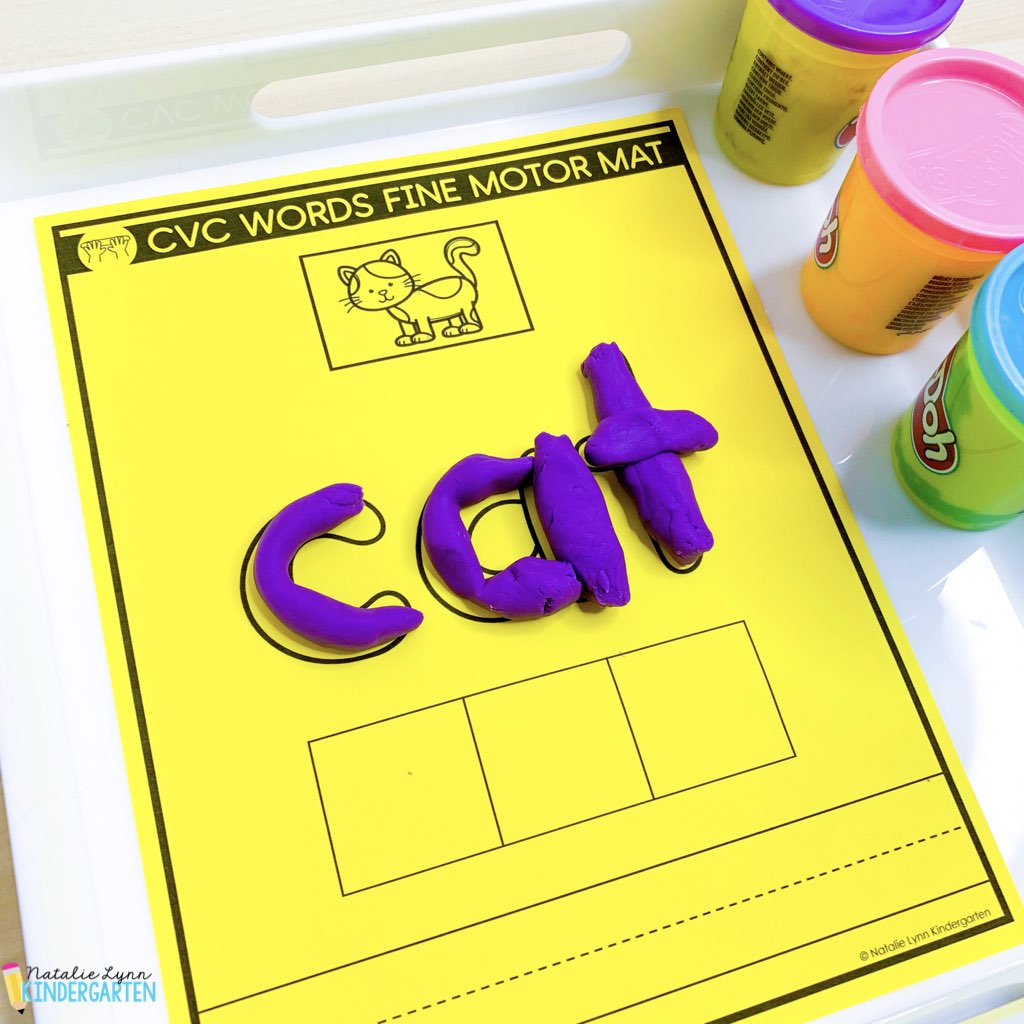

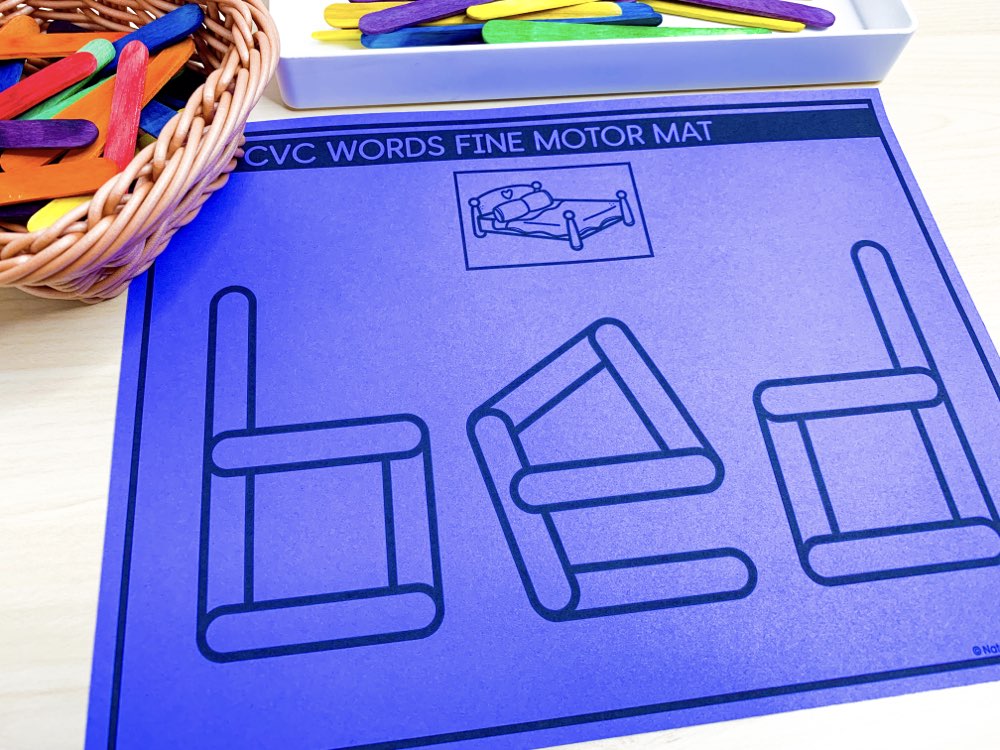
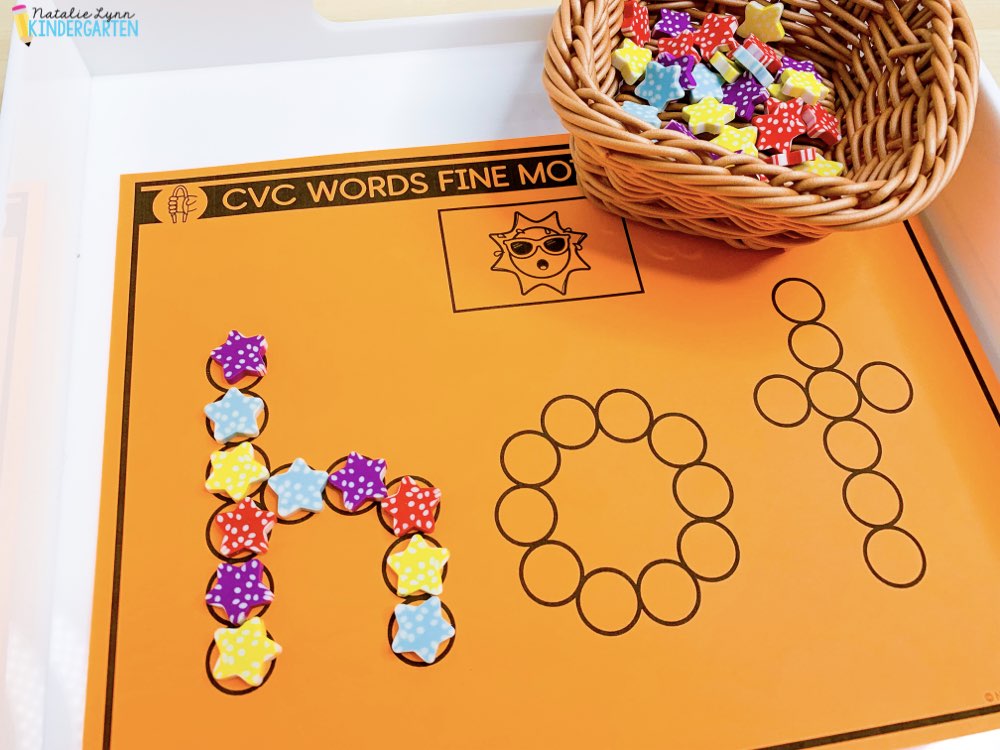
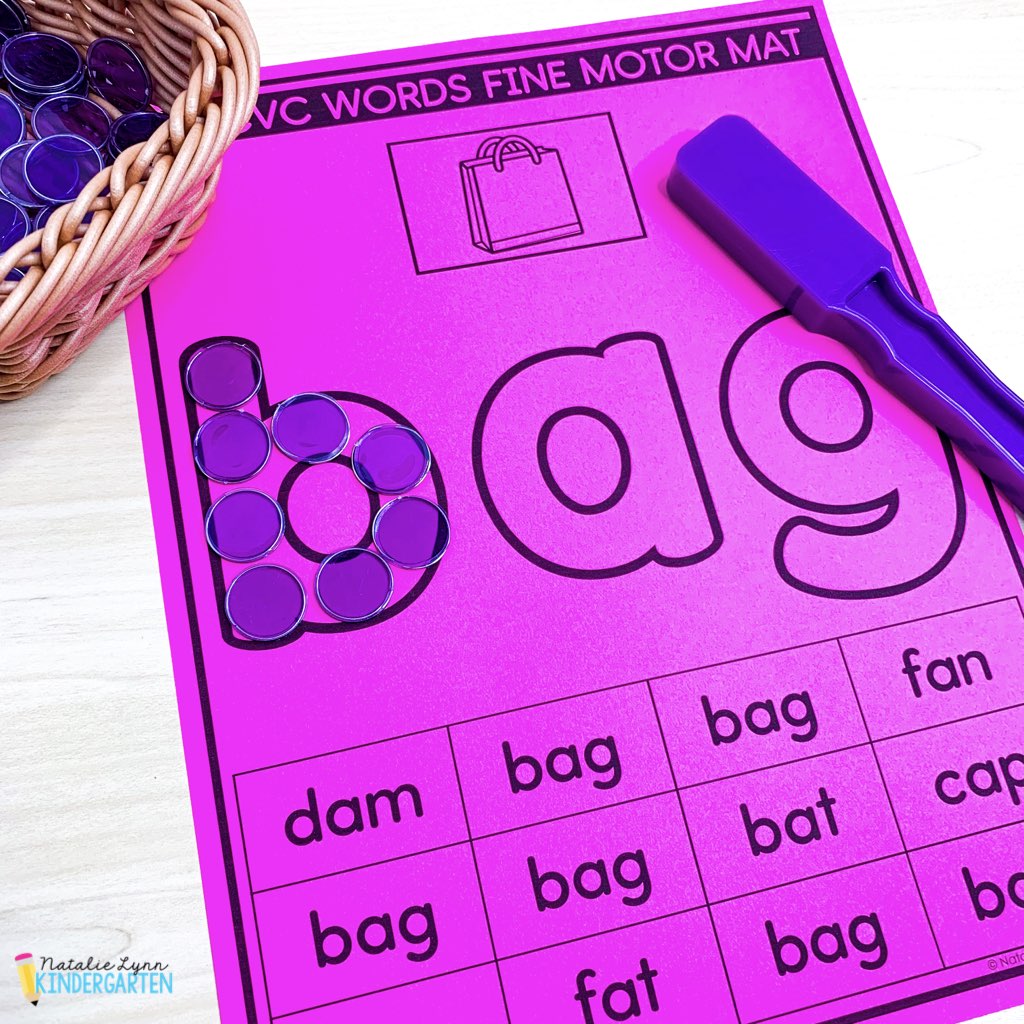
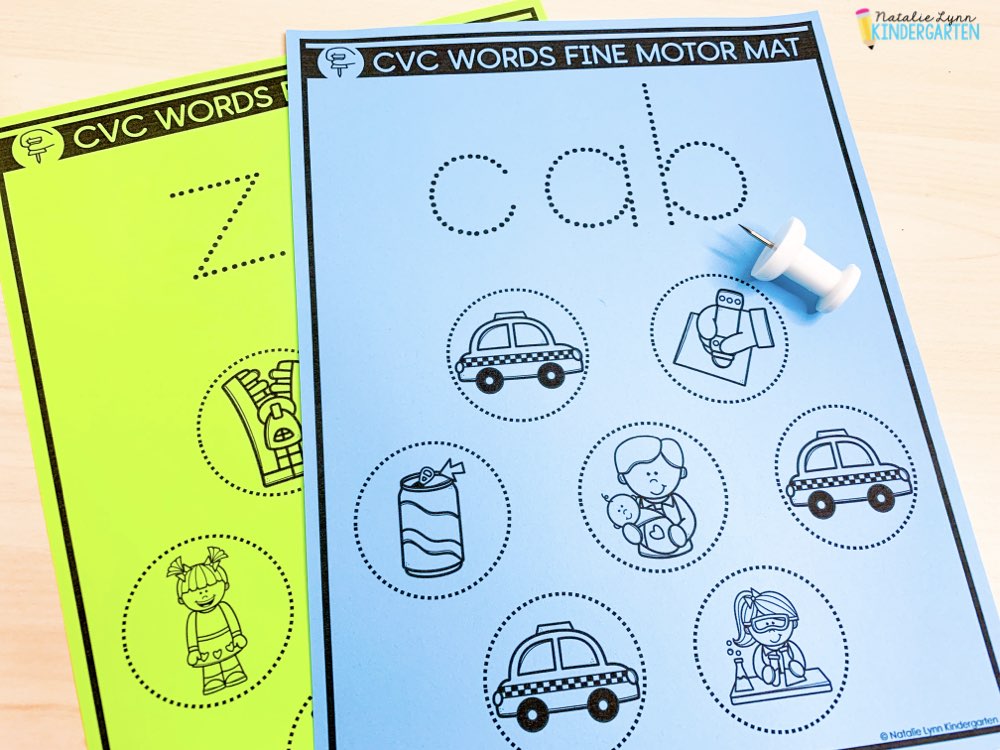
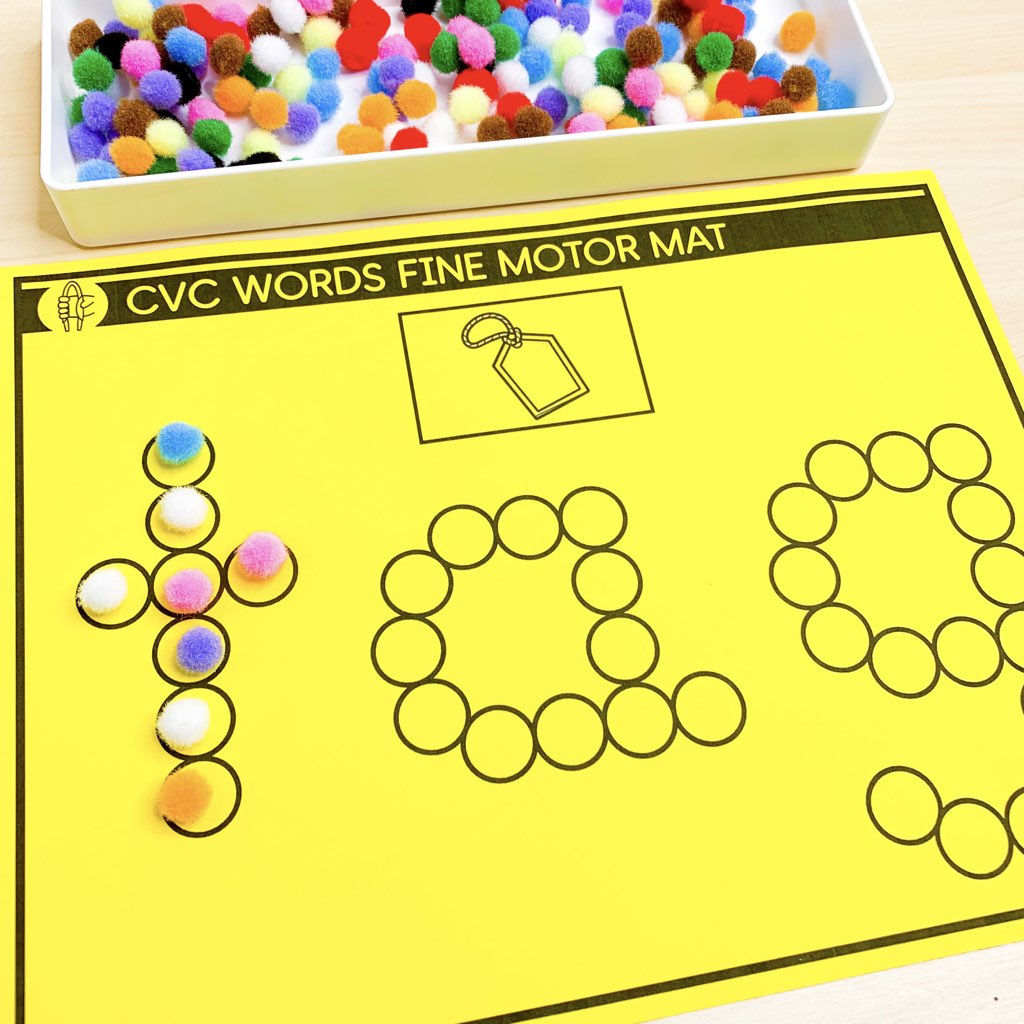

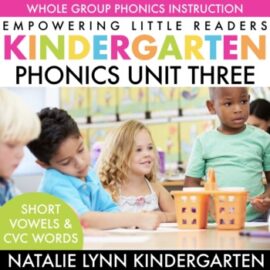
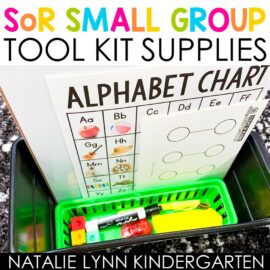
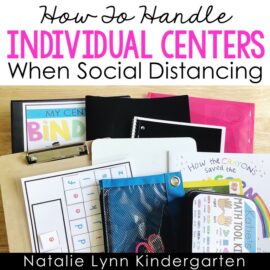
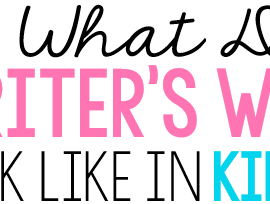

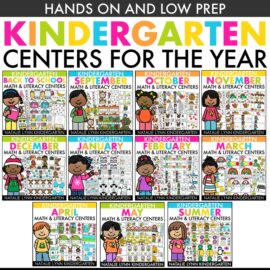
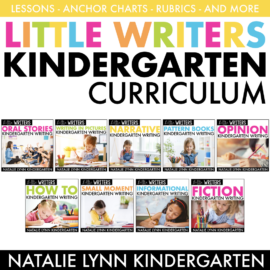
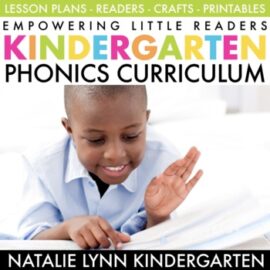
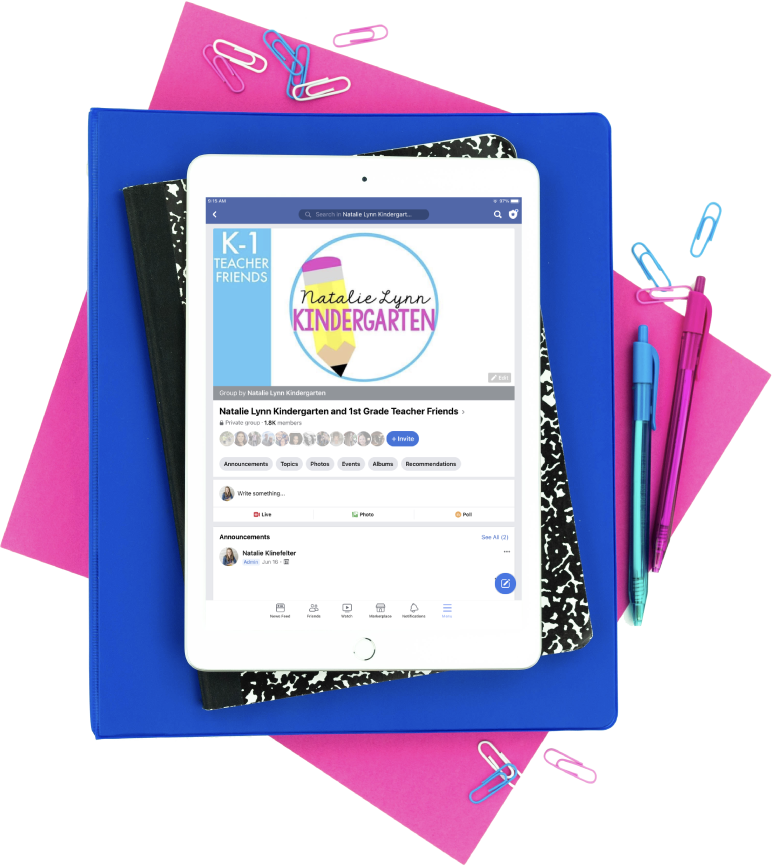

Thanks for these great tips. I also wanted to know, when is the best time to introduce cvc words?
I’m teaching the alphabet on Montessori style (4 letters a week: 3 consonants and 1 vowel). Should I introduce cvc word as soon as we can form that word or should I wait until we have gone through the entire alphabet?
If your students are ready, you can absolutely start introducing cvc words as soon as you can form them. It’s a great way to work on isolating sounds and using the letter sounds in context. And you’ll have many students ready for that challenge! For students who aren’t ready, it’s good exposure even though their focus will be more on the letter sounds.
Thank you!